 |
THE GLOBAL VILLAGE
STELLA'S SICILY

SICILY

Sicily is the largest and most important island in the Mediterranean, and though the sea is usually considered a single body of water, Sicily's shores are washed by two of its smaller seas: the Ionian and the Thyrrenian. Its central position in the Mediterranean was and still is strategically important, and on several occasions influenced its past history. The island is shaped like a triangle, and that's why it was called "Trinacria" (three promontories) by the Greeks.

(Symbol of Trinacria)
Most of Sicily's surface is mountainous and hilly, with some coastal areas, and it is surrounded by number of smaller islands which are popular tourist resorts.
Sicily is only three kilometres from mainland Italy, separated by what is called the "Strait of Messina" and 160 kilometres from the African coast.
While its mountains and coastline are Sicily's best known natural features, its low hills and valleys are quite scenic too, although the rivers that flow through them are usually dry by July.
There are essentially two kinds of communities: the inland towns, usually in the mountains, whose economies are based mainly on agriculture - the main products are: wheat, citrus fruits (such as oranges, lemons, tangerines), vines and olives - and coastal towns, based on fishing and maritime trade.
Sicily has nine provinces: Palermo (which is the capital city), Messina, Trapani, Catania, Siracusa, Agrigento, Enna, Ragusa, Caltanissetta.
In its thousands years of history, Sicily had been conquered by Phoenicians, Greeks, Romans, Byzantines, Arabians, Normans and Bourbons, and it's still a fascinating land full of beauty and charm, complexities and contradictions.
Now here are some of the most beautiful places to see in Sicily, I'll let the pictures speak for themselves:
MOUNT ETNA
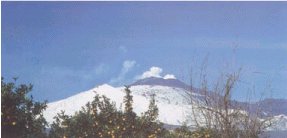
Sicily's greatest natural attraction is also its highest mountain. To the ancient Greeks, Mount Etna was the realm of Volcan, God of fire, and the home of the one-eyed monster known as the Cyclop. With its 3.350 metres, Etna is Europe's highest active volcano. The heights of its summit changes with each eruption, and over the centuries a few lava flows have reached the coast (some of the most dangerous eruptions occurred in 1693, 1971 and 1983), although because of its numerous openings, nobody ever knows where on its surface the next eruption will be. Etna offers skiing in winter and hikes in the woods during the summer, and there are also a number of smaller peaks and some caverns.
(Click on the picture to see the larger version of Mt. Etna's lava flow)
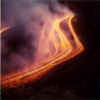




TAORMINA
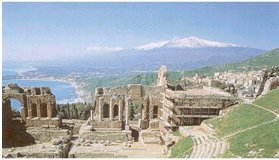
If looking for a glimpse of Sicily's beauty and history, Taormina is the place to go. The little city is located below mount Tauro, for which it is named, and it's about 200 metres above the sea level. Taormina is a Greek settlement which flourished in the time of Julius Caesar, and its main attraction is the Greek Theatre, which was built in the third century BC and expanded by the Romans. The view of Mount Etna and the sea beyond the theatre is breathtaking. The theatre is the site of dramatic performances during the summer; the seasons alternate with those of Segesta, the site of Sicily's other large Greek amphitheatre.
Taormina is also a well-known tourist sea place:

SELINUNTE

Selinunte is an abandoned Greek city, with ruins of an acropolis, located in the south west coast of Sicily in the province of Trapani. The city was founded in the seventh century BC and lasted for a period of about two centuries before being destroyed.

AGRIGENTO
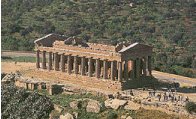
Agrigento is located on a plateau overlooking Sicily's southern coast, and was founded as Akragas (named for the nearby river) around 582 BC by the Greeks, and then renamed Agrigentum by the Romans. Its main attraction is "The Valley of the Temples" where you can find ruins of numerous temples (such as the Temple of Juno and the famous Temple of Concord, built around 440 BC and still in good condition) but also necropoli, houses, streets and everything else one would expect to find in an ancient city. There are also a small amphitheatre, and a fine archeological museum.
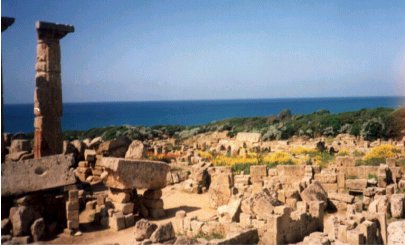
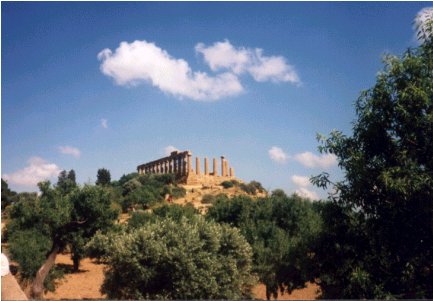
Two different views of the Temple of Concord
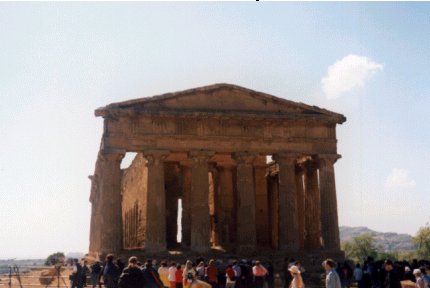
And then, least but not last, the place where I live :)
CATANIA
Catania is the second most important city of Sicily. Subjected to Etna's temperament, Catania has been damaged by lava flows and earthquakes on several occasions (the most dangerous ones occurring in 1693, 1971 and 1983)
Founded in 729 BC, was conquered by the Romans, eventually becoming the most prosperous city in Roman Sicily. It flourished until 1169, when it was almost completely destroyed by a particularly violent earthquake. The city has two Roman amphitheatres, one of which it's reminiscent of the Roman Colosseum, and a castle which used to be a coastal fortress before volcanic eruptions extended the coastline.
Now, I'll let the pics speak for themselves:
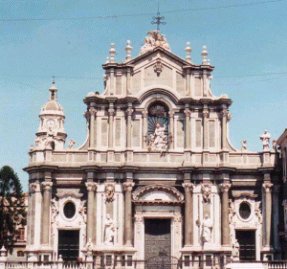
Catania's cathedral
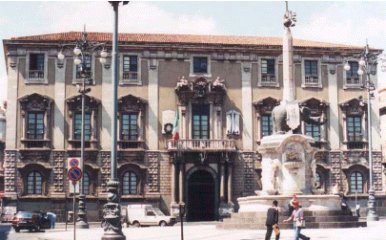
The City Hall
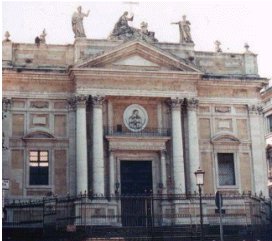 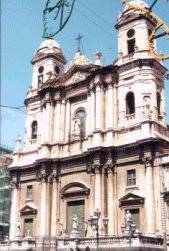
Two beautiful churches located in the city centre
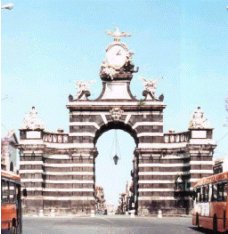
The arch that divides the city centre from the suburban area
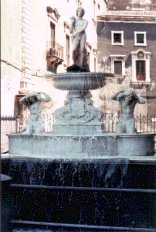
A famous fountain
…and now, the sea! :)
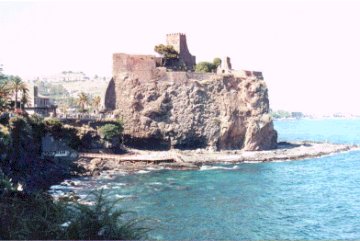

That's all, hope you liked them!
Stella
|